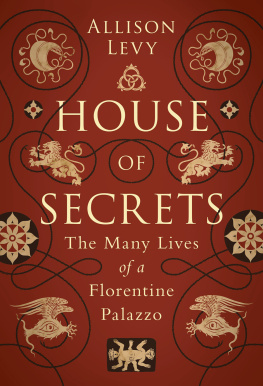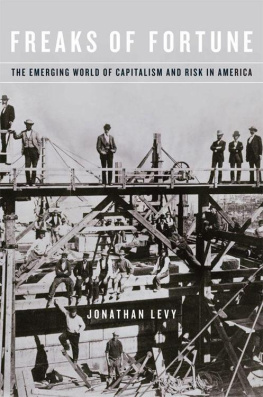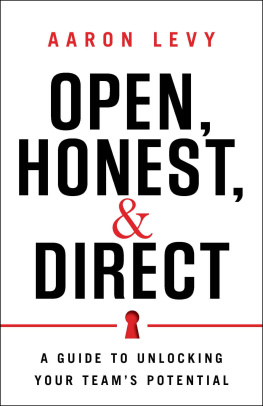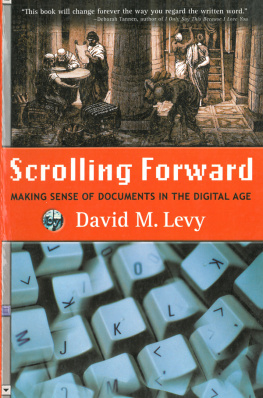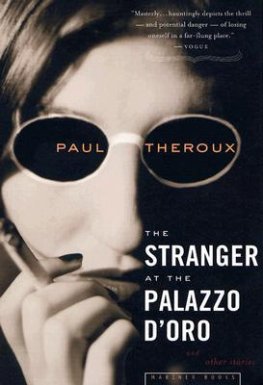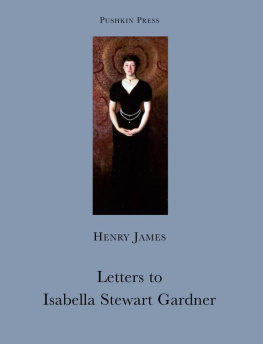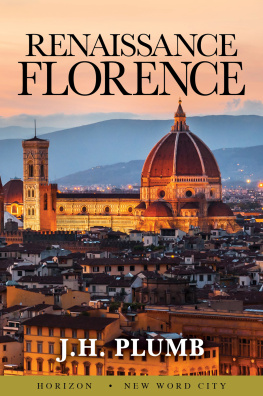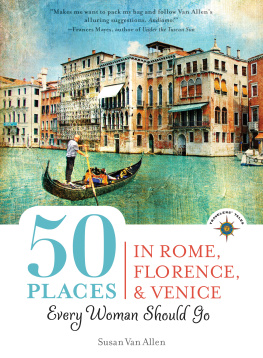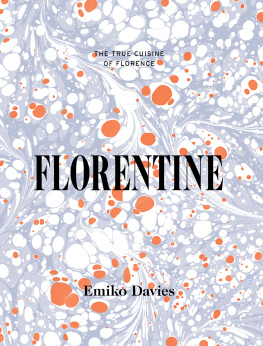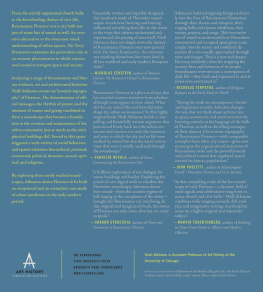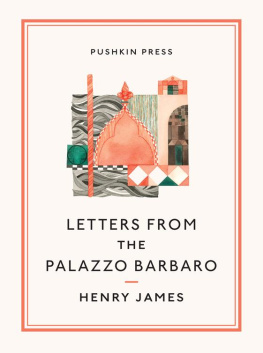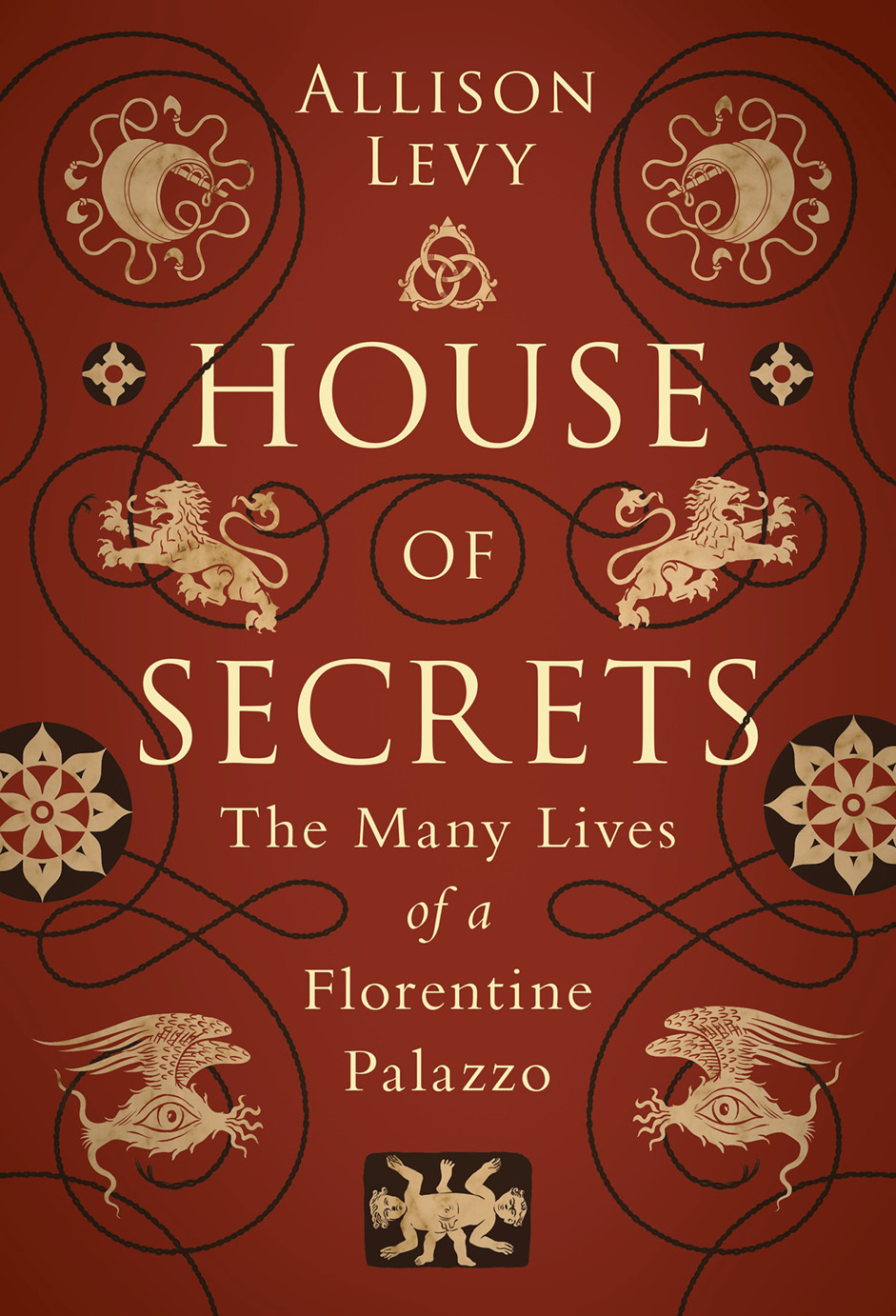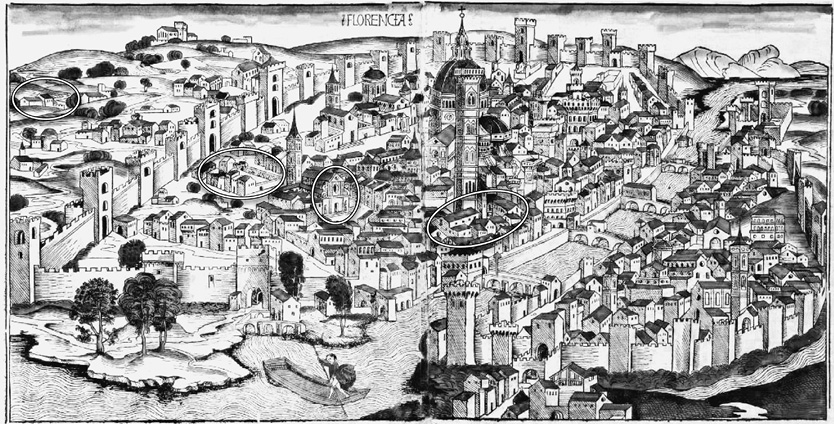Allison Levy is Digital Scholarship Editor at Brown University. An art historian educated at Bryn Mawr College, she has taught in the US, Italy, and the UK. Allison has published widely on the visual culture of early modern Italy and serves as General Editor of the book series Visual and Material Culture, 13001700 , published by Amsterdam University Press.
With House of Secrets , Allison Levy presents an enthralling tour through an extraordinary Florentine palazzo, complete with romance, murder, lives of the rich and famous, and layer upon layer of history ranging from the heart of the Renaissance to yesterday. A scholarly thriller that is virtually impossible to put down.
Ingrid Rowland, author of
From Pompeii: The Afterlife of a Roman Town
In this provocative and lively account, Allison Levy deftly mingles scholarship and personal history to tell the story of a building that is also the story of a family, a city, a country and a continent over the course of several tumultuous centuries. Essential reading for lovers of Florence, House of Secrets will join Shirley Hazzards Greene on Capri , Jan Morriss Venice , and Edith Templetons The Surprise of Cremona on the shelf that I reserve for those rare books that tell us something newand trueabout Italy.
David Leavitt, author of Florence, A Delicate Case
With the delicious happenstance of securing her lodging in a grand Renaissance Florentine palazzo (otherwise quite off limits to the public), the author weaves together a livelydare one say sexy?personal narrative with a chronicle of several hundred years in the life of the citys nobility. We meet not only the very multi-colored Rucellai family, but also a whole cast of other characters. There is hardly a bold-face name in the Italian Renaissance who doesnt get to play at least a cameo role. As we absorb a flood of delightful anecdotes from past and present, we slowly come to realize that we are in the hands of a scholar who is teaching us a great deal about a vibrant episode in the European past. The book is a triumph of both story-telling and history-telling.
Leonard Barkan, author of Michelangelo: A Life on Paper
Art Historian Allison Levy has written a delightful, fascinating, and riveting yarn about a palazzo, a family, and a city across time. In her tale, scandals, orgies, murders, and love affairs (including her own) mingle with the creation of extraordinary architecture, art, and patrimony. Her cast of characters is rich, from Leon Battista Alberti to Cy Twombly, from Nannina de Medici to Lysina Rucellai. At once highly entertaining, profound, and enlightening, Levys account succeeds in making the walls of the Palazzo Rucellai sing.
Jenny McPhee, author and translator of
Natalia Ginzburgs Family Lexicon
Florentine Renaissance palazzi are so well-known that it seems little can be said about them afresh. Allison Levy manages that rare feat in her personal and behind-the-scenes exploration of Palazzo Rucellai, bringing on stage its inhabitants over the past six centuries and fleshing out the dreams and dramas that unfolded inside the building. The story she weaves is rich in history and anecdote, scholarly erudition and private experiences. The resulting book is as layered and multi-dimensional as the palazzo itself.
Marina Belozerskaya, author of The Medici Giraffe
Published in 2019 by
I.B.Tauris & Co. Ltd
London New York
www.ibtauris.com
Copyright 2019 Allison Levy
The right of Allison Levy to be identified as the author of this work has been asserted by the author in accordance with the Copyright, Designs and Patents Act 1988.
All rights reserved. Except for brief quotations in a review, this book, or any part thereof, may not be reproduced, stored in or introduced into a retrieval system, or transmitted, in any form or by any means, electronic, mechanical, photocopying, recording or otherwise, without the prior written permission of the publisher.
Every attempt has been made to gain permission for the use of the images in this book. Any omissions will be rectified in future editions.
References to websites were correct at the time of writing.
ISBN: 978 1 78831 360 5
eISBN: 978 1 78672 571 4
ePDF: 978 1 78673 571 3
A full CIP record for this book is available from the British Library
A full CIP record is available from the Library of Congress
Library of Congress Catalog Card Number: available
Typesetting, text design and eBook by Tetragon, London
To the memory of my father,
my cornerstone
A building has at least two livesthe one imagined by its maker and the life it lives afterwardand they are never the same.
Rem Koolhaas
i am what is around me.
women understand this.
one is not duchess
a hundred yards from a carriage.
these, then are portraits:
a black vestibule;
a high bed sheltered by curtains.
these are merely instances.
Wallace Stevens, Theory
Contents
From the Nuremberg Chronicle (1493), indicating Rucellai properties and Rucellai-sponsored ecclesiastical projects (lr): Lo Specchio, the Orti Oricellari, Santa Maria Novella, and the San Pancrazio/Palazzo Rucellai complex.
List of Illustrations
Color Plates
Figures
Timeline
Principal events in the histories of Florence and the house of Rucellai
Neolithic period Arno River valley first settled
9th8th century bce Etruscans establish a settlement (Viesul, now known as Fiesole) on a hill above the valley
59 bce Julius Caesar establishes a Roman colony for retired soldiers on the northern bank of the Arno (Florentia, now known as Florence)
2nd century ce Population: c. 10,000
393 Citys first Christian basilica, San Lorenzo, consecrated as its cathedral by Saint Ambrose
405 Siege of Florence, part of a succession of Gothic invasions of the Roman Empire
5th century Church of Santa Reparata constructed within the Roman walls on the site of the present cathedral
Late 6th century City falls to the Lombards, becoming part of the Lombardic Duchy of Tuscany
774 City conquered by Charlemagne; Carolingian era ushers in a period of urban revival
Late 8th century City walls expanded
978 Badia Fiorentina, a Benedictine Abbey, founded by Willa, widow of Uberto, Margrave of Tuscany
996 First Ponte Vecchio built near the site of the Roman-era bridge
1018 Mercato Nuovo built on the site of the old Roman forum
Basilica of San Miniato al Monte built on highest point in Florence
Population: c. 5,000
1115 Florence achieves de facto self-government with the establishment of a comune (confirmed by the Holy Roman Emperor in 1183)
1128 Construction finished on the Baptistery, built on the site of a sixth- or seventh-century octagonal structure, itself built on a structure dating to the Roman period
c .1150 Arte di Calimala (cloth merchants guild) established

